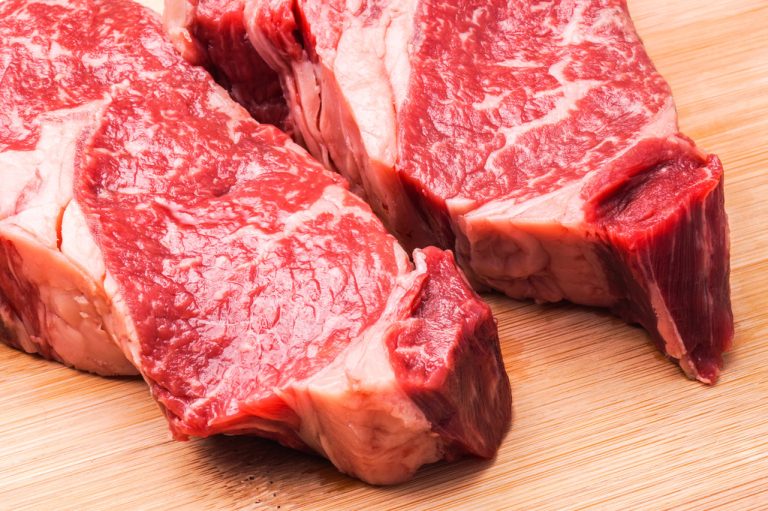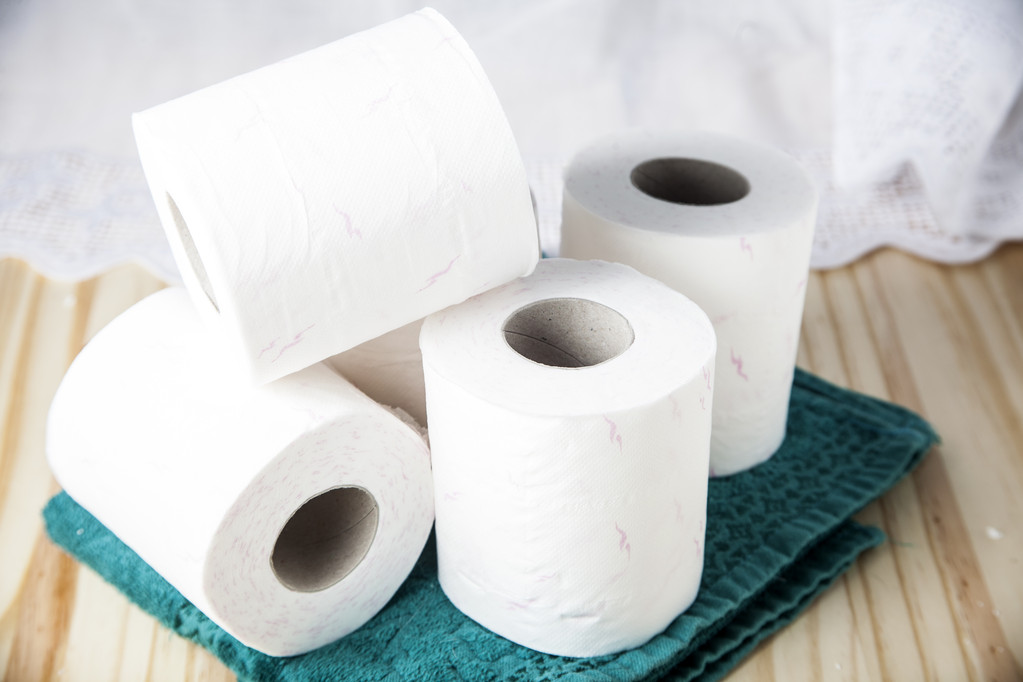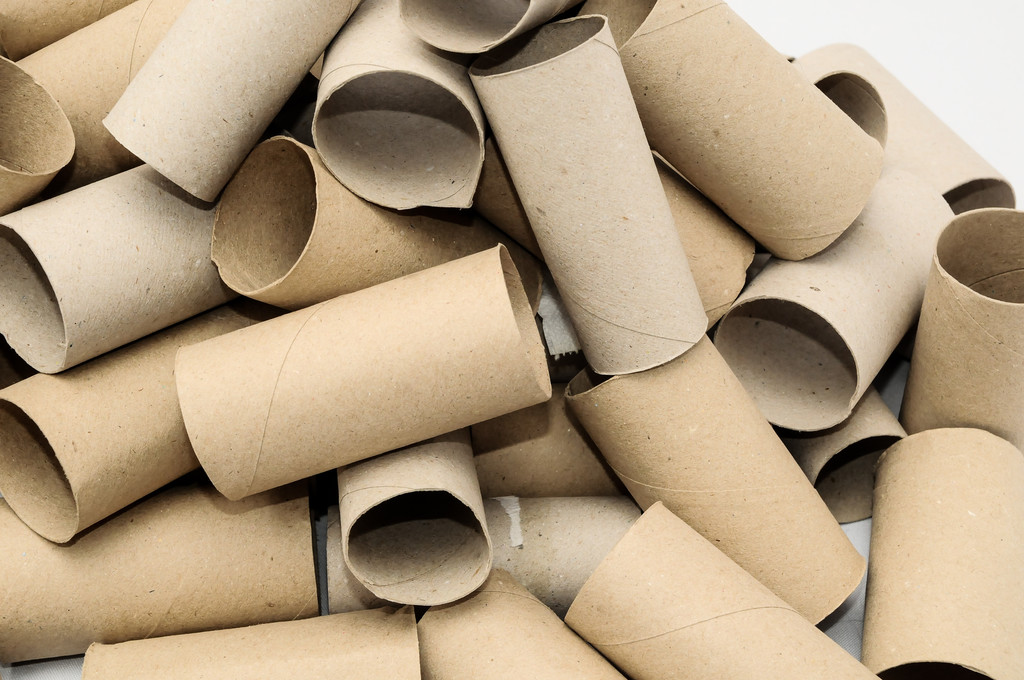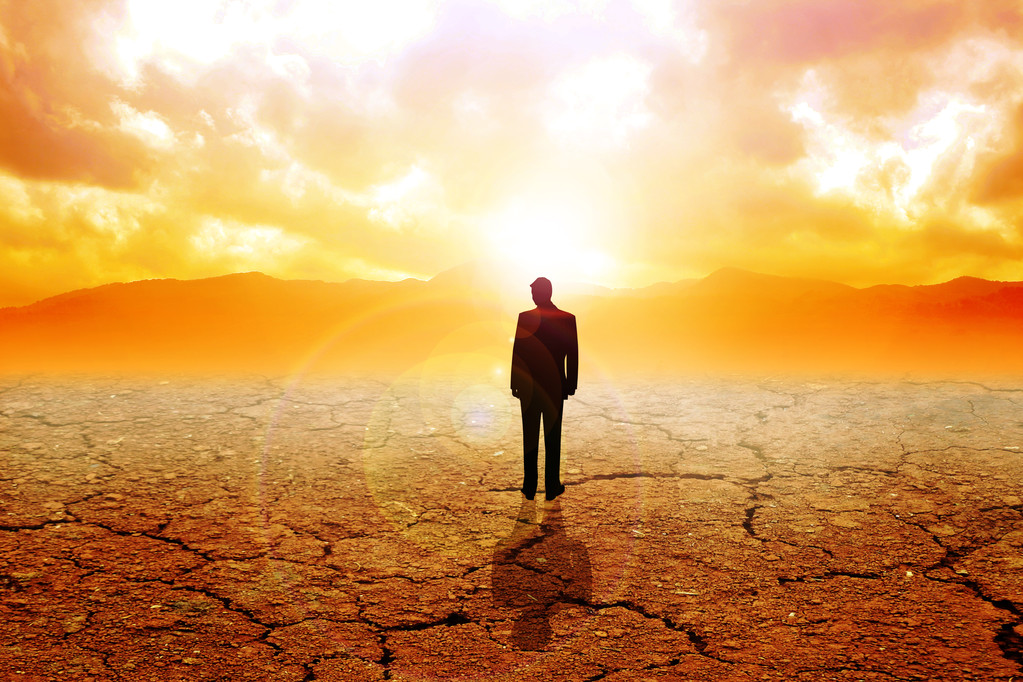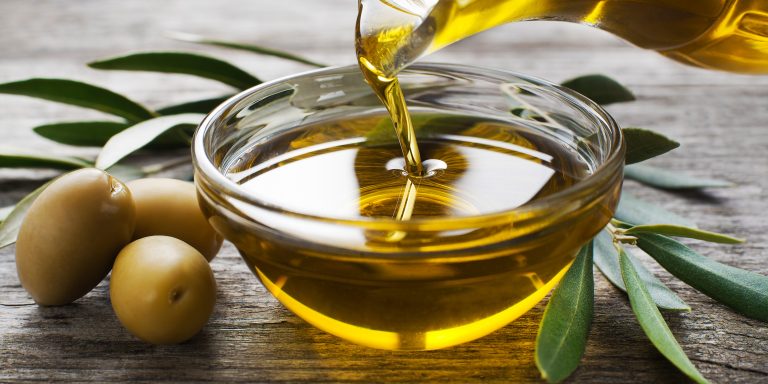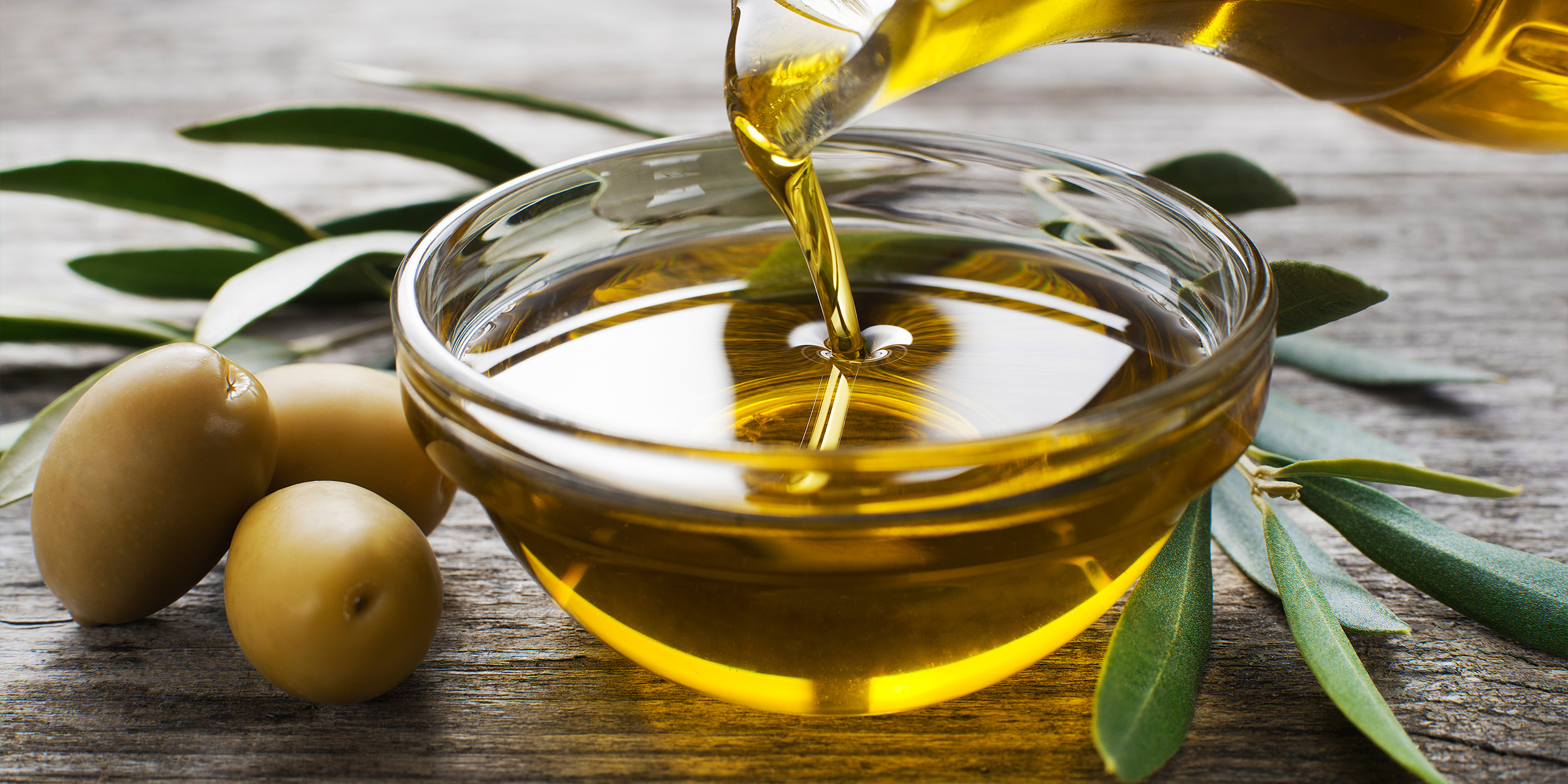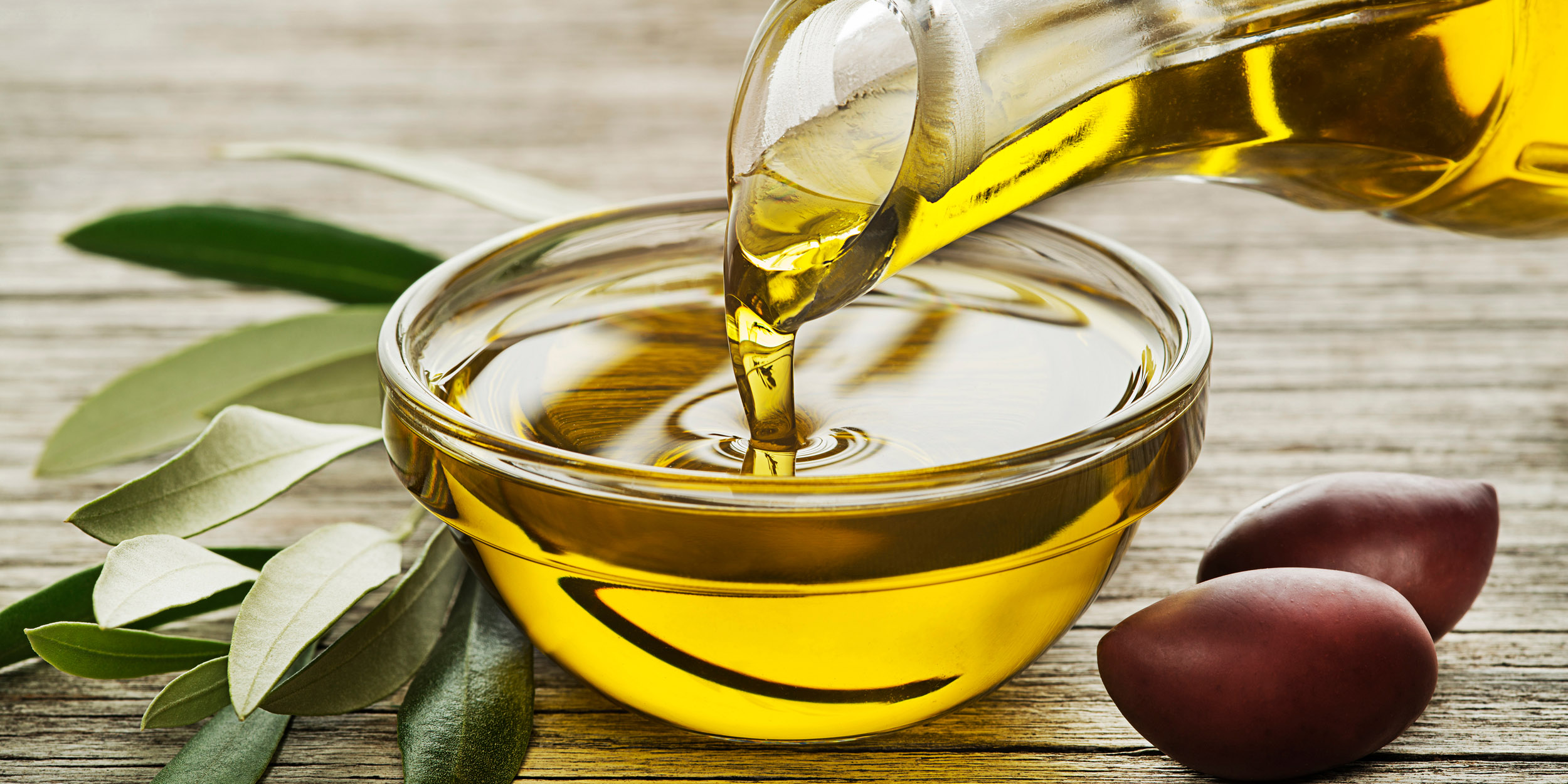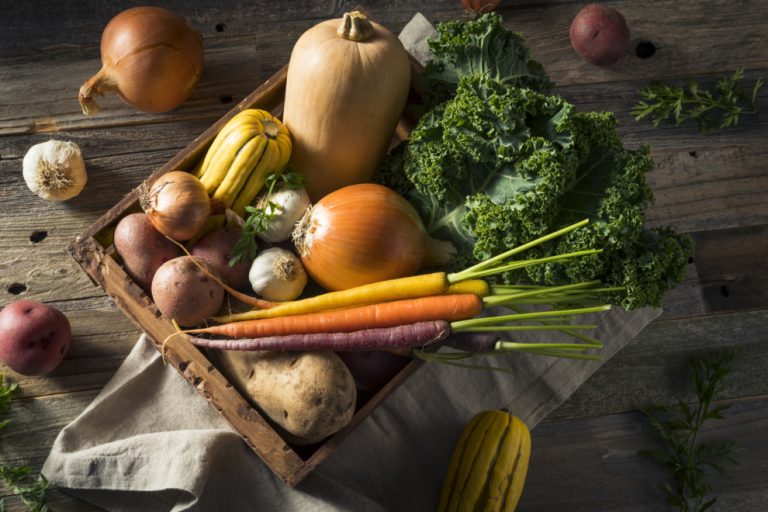Eating fish regularly is a matter of course for many people. But there are a few things that you should urgently pay attention to: from avoiding overfished species to pollution and aqualtur – we’ll explain what you need to know.
Eating fish is considered healthy and many find fish fingers, fish fillets or smoked fish delicious. However, when we look for information on the origin of fish on the Internet, the pleasure is quickly over: many species are overfished, there are repeated reports of pollutants in fish, aquaculture is not a good alternative and the seals can hardly be relied on. Should we therefore give up fish altogether? In fact, there are many good reasons to eliminate fish and other seafood from our diet.
If you still want to continue eating fish, you should at least keep a few things in mind. In the following you will get an overview.
Eating sustainable fish – without overfishing
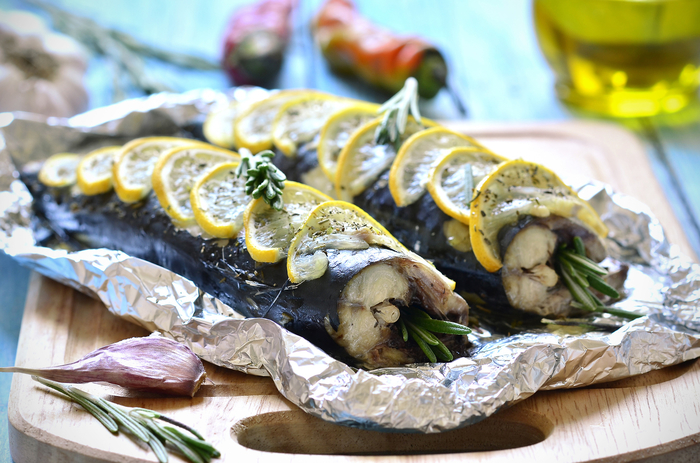
According to the Food and Agriculture Organization (FAO), almost 35 percent of the world’s fish stocks are now overfished. Around 60 percent are already being used to the maximum, so more is not possible without also being overfished. The fish guide from the WWF and the new fish guide from the consumer advice centers will tell you which species can still be fished sustainably in which fishing areas. Unfortunately, Greenpeace’s fish guide, which has long been considered particularly strict, has not been reissued in recent years.
In the last published version in 2016, only carp was recommended without reservation. The WWF and consumer advice centers take a similar view today: Here, too, carp from European aquaculture has a green rating.
According to the WWF, you can eat some other types of fish if they were fished in certain fishing areas (FAO) and/or with certain fishing methods. For example:
Arctic sea shrimp from the Northeast Pacific off Canada (FAO 67), caught with traps
Tropical shrimp from Southeast Asia or Europe from aquaculture
Halibut from Europe from aquaculture
Herring from the Northwest Atlantic off the USA (FAO 21), caught with purse seines, and from the Northeast Atlantic (FAO 27), with numerous exceptions
Pacific salmon from the Northeast Pacific off Alaska and Canada (FAO 67)
Brown trout from Austria from aquaculture
Mussels from Europe from aquaculture or linen culture
Nile perch or Victoria perch from Lake Victoria in Tanzania (wild caught)
Rainbow trout from Denmark from aquaculture
Char from Europe from aquaculture
Anchovy from the NE Atlantic in Bay of Biscay (FAO 27) from pelagic otter trawls or purse seines
Hake from the Northeast Pacific off Canada and the USA (FAO 67), caught with pelagic otter trawls
Coley (saithe) from the NE Atlantic off Iceland (FAO 27) caught with gillnet gillnets or bottom longlines
Western Pacific tuna (FAO 61, 71) caught with hand lines or fishing lines
Tuna (Yellowfin) from the Eastern and Southwest Pacific (FAO 77, 81) caught with hand lines or line lines
Tuna (albacore) from the Pacific (FAO 61, 67, 81, 87), and from the Northwest and Northeast Atlantic (FAO 21, 27) caught with hand lines, fishing lines or trolling
Catfish (African and European) from aquaculture (closed recirculation systems, pond systems) in Europe
The WWF and consumer organizations agree that you should never eat the following wild fish:
european eel
all shark and ray species
orange roughy, alfonsino
Bluefin tuna
In contrast to the WWF, the consumer advice centers also generally advise against mussels, North Pacific, southern and Atlantic bluefin tuna, Markele, sturgeon, Atlantic salmon, redfish and squid.
Wild Fish Seals give you additional hints as to which fish you can eat. The most well-known is certainly MSC, but some organic associations such as Naturland now also have seals for wild fish. At the end of the article we will introduce you to the most important seals.
Wild-caught fish: The method of catching is crucial
So when you want to eat wild fish, it’s not just about where it was caught. The “how” is also crucial. Greenpeace has a list of the different trapping methods and their advantages and disadvantages. Here are some examples:
Trawl nets: These sometimes huge bag-shaped nets are one of the most popular fishing methods in deep-sea fishing. There are trawls that are pulled over the bottom and those that can fish the sea between the water surface and the bottom. The problem with trawl nets is that there is sometimes a lot of bycatch. In addition, bottom trawls rip up the bottom, destroying coral reefs that are extremely important as ecosystems, among other things.
Gillnets: These fine-mesh nets are so called because fish get caught in them with their gills. One type of gillnet is a gillnet that is placed vertically in a fixed location. Unlike trawl nets, gillnets have less bycatch and leave less damage to the surrounding ecosystem. On the other hand, the fish often hang in the mesh for days before the nets are hauled in. Unlike gillnets, driftnets float around. They are now banned as they often cause large amounts of bycatch, but driftnets are still used in illegal fishing.
Purse seines: The ring-shaped nets are placed around a school of fish to enclose it. This method is often used to catch tuna. The problem is that tuna and dolphins often travel together. Fishermen therefore like to locate and circle dolphins. In the meantime, however, there are firm rules that dolphins that are caught must be released immediately.
Fishing: There are different types of fishing. They usually consist of a short line with a hook that has a bait on it. Fishing is considered to be particularly gentle because bycatch can be recognized immediately and released again and because ecosystems are hardly damaged.
Traps: Fish traps are nets with openings just large enough to allow the desired species of fish to enter but not exit. This can avoid a lot of bycatch.
Aquaculture fish: the better alternative?
Anyone who thinks that you can hardly eat wild fish without major concerns, but you can eat fish from aquaculture, is unfortunately wrong. Neither endangered stocks nor by-catch are an immediate problem for farmed fish from aquaculture. Nevertheless, aquaculture is unfortunately not the ultimate solution, as this form of farming brings with it its own problems:
A big problem is that the fish are often fed fishmeal made from wild fish. Despite aquaculture, the fish stocks are massively affected.
Since many fish are kept in a confined space in aquaculture, the floor beneath them is covered with a particularly large amount of fish excrement. In addition, the fish are often treated with antibiotics. The use of chemicals puts additional strain on the surrounding ecosystems. This is especially true for farms whose water is in direct exchange with seawater.
There are fish farms in tropical and subtropical waters, for which mangrove forests have to give way. These forests are the habitats of many species and also spawning grounds for many wild fish.
When fish escape from aquaculture, they can transmit rampant diseases to wild fish there. In addition, farmed fish are often kept in places where they are not native. When they mix with native stocks, they can upset the delicate balance of ecosystems.
For these reasons, you should not eat fish from aquaculture without hesitation. As in the case of wild fish, seals such as the ASC and Naturland seals can also offer you orientation. You can get more information at the end of the article.
Eating fish – is it really healthy?
Eating fish is generally considered very healthy. They contain, among other things, some vitamins, minerals, many proteins and omega-3 fatty acids. However, fish not only absorb harmless substances from the water: there are repeated reports that fish are contaminated with various pollutants. Here is the most important information:
Most wild fish are caught so young that they are hardly contaminated with pollutants. An exception are older predatory fish, such as tuna and sharks (which you shouldn’t eat anyway). From a certain age, however, these must be regularly checked for pollutants such as mercury, lead or cadmium. Nevertheless, you should eat such fish only rarely, if at all, and avoid them completely during pregnancy and breastfeeding.
A special case are herring and salmon from the northern Baltic Sea: some of them are heavily contaminated with the toxin dioxin.
There are also reports of pollution in farmed fish. Ethoxyquin, which is probably carcinogenic, is particularly problematic. It is banned almost everywhere in the food industry, but may still be added to fishmeal as an additive until 2020. In 2018, both Stiftung Warentest and Öko-Test found increased ethoxyquin concentrations in tests on farmed salmon, but no longer in 2021.
In recent years, reports of microplastics in the sea have repeatedly attracted attention. A study of fish from the North Sea and Baltic Sea has shown that more than five percent of the fish have microplastics in their digestive tract. In North Sea shrimp, even 63 percent were affected. It is not yet clear whether the microplastics are harmful to humans, even in these concentrations. One problem is certainly that plastic often contains harmful plasticizers and that many plastics can bind and accumulate some toxic substances very well.
Eat better fish: Seals offer orientation
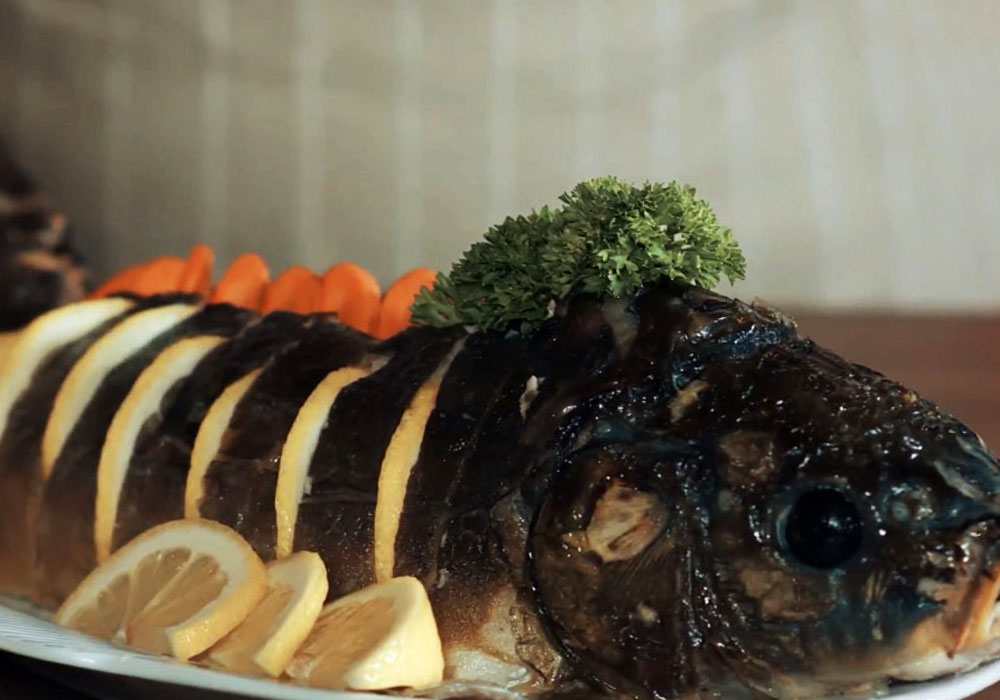
MSC: The oldest seal for fish from sustainable wild catches is the MSC seal, which was founded in the late 1990s. MSC stands for Marine Stewardship Council. The seal was initiated by Unilever and WWF, but acts independently according to official information. Around 3,000 products in Germany now bear the MSC seal. The key points of the seal are that no stocks may be overfished and that gentle fishing methods such as fishing or traps must be used. Unfortunately, however, MSC does not make any specifications for animal welfare and inadequate for working conditions. In addition, a test by Stiftung Warentest has shown that stocks can sometimes be overfished and MSC cannot always trace the path of its certified products.
Naturland (wild catch): The Naturland seal for wild fish sets stricter rules. There are also regulations on fair working conditions. So far there are some fishing areas with certified fish in Germany, off the Azores and in Tanzania.
ASC: The counterpart to the MSC seal for farmed fish is the seal of the Aquaculture Stewardship Council, from which around 1000 products are now available in Germany. ASC-certified farms must be located in suitable locations, the water quality must be checked regularly and the use of antibiotics should be limited. However, fishmeal and genetically modified soy are permitted as food.
Naturland (aquaculture): Naturland is once again imposing stricter rules: the fish need enough space, the surrounding ecosystems must be protected, fishmeal may only be used from the remains of edible fish, genetic engineering is not permitted.
Bottom line: fish with the ASC and MSC seals is better than fish that is not certified at all. But it is even better if you want to eat fish, if possible rely on organic associations such as Naturland – even if unfortunately not many types of fish have been certified by them so far. Otherwise, the purchasing guides from Greenpeace and consumer advice centers offer good orientation.
Ultimately, the most important thing is that you treat fish for what it is: a luxury that should only end up on the table occasionally, if at all.



